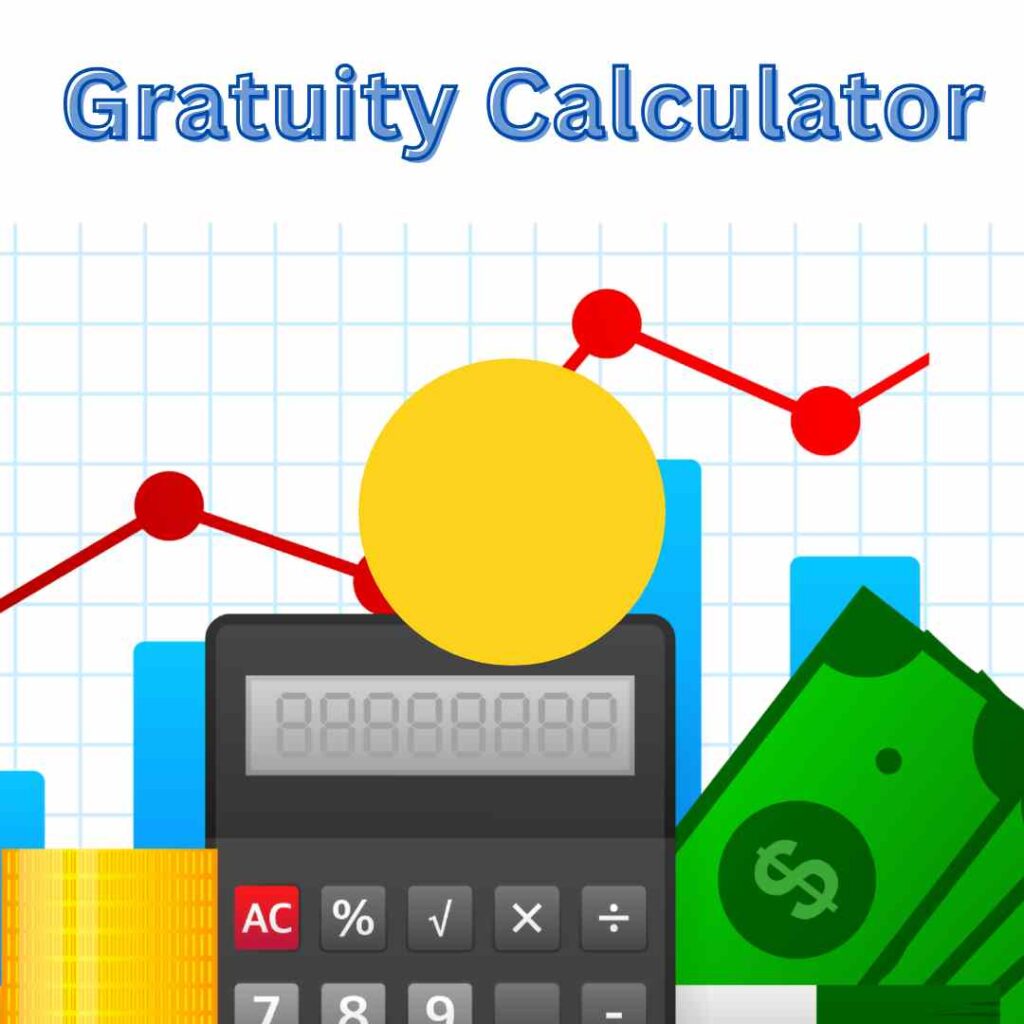FD (Fixed Deposit) Calculator
Fixed Deposit Calculator: Instantly Calculate Your FD Returns
In today’s fast-paced financial world, making informed investment decisions is essential. Fixed Deposits (FDs) have long been a preferred choice for conservative investors due to their safety and guaranteed returns. But do you know how much your investment will grow? That’s where a Fixed Deposit Calculator comes into play.
In this comprehensive guide, we will walk you through what a fixed deposit calculator is, how it works, and why you should use it. Plus, we’ll answer common FAQs and show you how to integrate this tool into your broader financial strategy.
What is a Fixed Deposit Calculator?
A Fixed Deposit Calculator is an online tool designed to help you estimate the maturity amount and interest earnings on your fixed deposit investments. By inputting a few simple variables such as deposit amount, interest rate, and tenure, you can instantly get an accurate projection of your returns.
Table of Contents
Key Benefits:
- Quick and accurate calculations
- Helps in comparing multiple FD options
- No manual errors
- Great for financial planning
How Does a Fixed Deposit Calculator Work?
The FD calculator uses the compound interest formula to estimate returns:
A = P (1 + r/n) ^ nt
Where:
- A = Maturity amount
- P = Principal amount
- r = Annual interest rate
- n = Number of times interest is compounded per year
- t = Number of years
Inputs Required:
- Deposit Amount (Principal)
- Interest Rate (% per annum)
- Tenure (in months or years)
- Compounding Frequency (monthly, quarterly, half-yearly, yearly)
Why Should You Use a Fixed Deposit Calculator?
Here are some compelling reasons to make this tool a part of your investment journey:
1. Time-Saving
Forget manual calculations and spreadsheets. Get instant results.
2. Comparison Tool
Compare returns from different banks or financial institutions.
3. Accuracy
Ensure 100% precision in your return estimates.
4. Informed Decisions
Make smarter choices by knowing exactly what to expect.
5. Financial Planning
Plan better for short-term and long-term goals.
How to Use Our Fixed Deposit Calculator
Using our FD calculator is straightforward. Follow these steps:
- Go to the Fixed Deposit Calculator page above.
- Enter the deposit amount.
- Input the interest rate offered by your bank.
- Choose the tenure of your FD.
- Select the compounding frequency.
- Click on “Calculate”.
Within seconds, you’ll see:
- Total maturity amount
- Total interest earned
Real-Life Use Cases of FD Calculator
Scenario 1: Retirement Planning
A 50-year-old investor planning for retirement uses the FD calculator to forecast the maturity amount from a 10-year fixed deposit.
Scenario 2: Saving for Education
Parents use it to plan for their child’s higher education expenses in 5 years.
Scenario 3: Emergency Fund Allocation
Professionals create an emergency fund by calculating how much interest they can earn on a short-term FD.
Factors That Influence FD Returns
Here are the major factors that impact your FD maturity amount:
- Principal Amount: The higher the amount, the higher the returns.
- Interest Rate: Rates vary between banks and tenures.
- Tenure: Longer durations usually offer better returns.
- Compounding Frequency: More frequent compounding results in higher earnings.
Fixed Deposit vs. Recurring Deposit
| Feature | Fixed Deposit (FD) | Recurring Deposit (RD) |
| Investment Type | Lump sum | Regular monthly payments |
| Returns | Higher | Slightly lower |
| Risk | Low | Low |
| Best For | Large one-time investment | Monthly savers |
Tips for Maximizing FD Returns
- Compare FD rates across banks
- Opt for cumulative FDs for better compounding
- Ladder your FDs for liquidity and better returns
- Avoid premature withdrawals
Frequently Asked Questions (FAQs)
1. Is the FD calculator accurate?
Yes, it uses the standard compound interest formula to give precise results.
2. Are the interest rates updated in real-time?
No, you must manually input the interest rate offered by your bank.
3. Can I use the calculator for tax-saving FDs?
Absolutely. Just ensure you input the correct tenure and rate.
4. What is the minimum amount for FD?
This depends on your bank. Generally, it starts from as low as ₹1000.
5. How often is interest compounded?
Compounding frequency can be monthly, quarterly, half-yearly, or annually.
Final Thoughts
A Fixed Deposit Calculator is a must-have tool for anyone looking to invest safely and wisely. Whether you’re planning for retirement, education, or just looking to park surplus funds, this calculator provides you with instant clarity.
Harness the power of technology to make smart financial choices. Start calculating today and watch your wealth grow!







